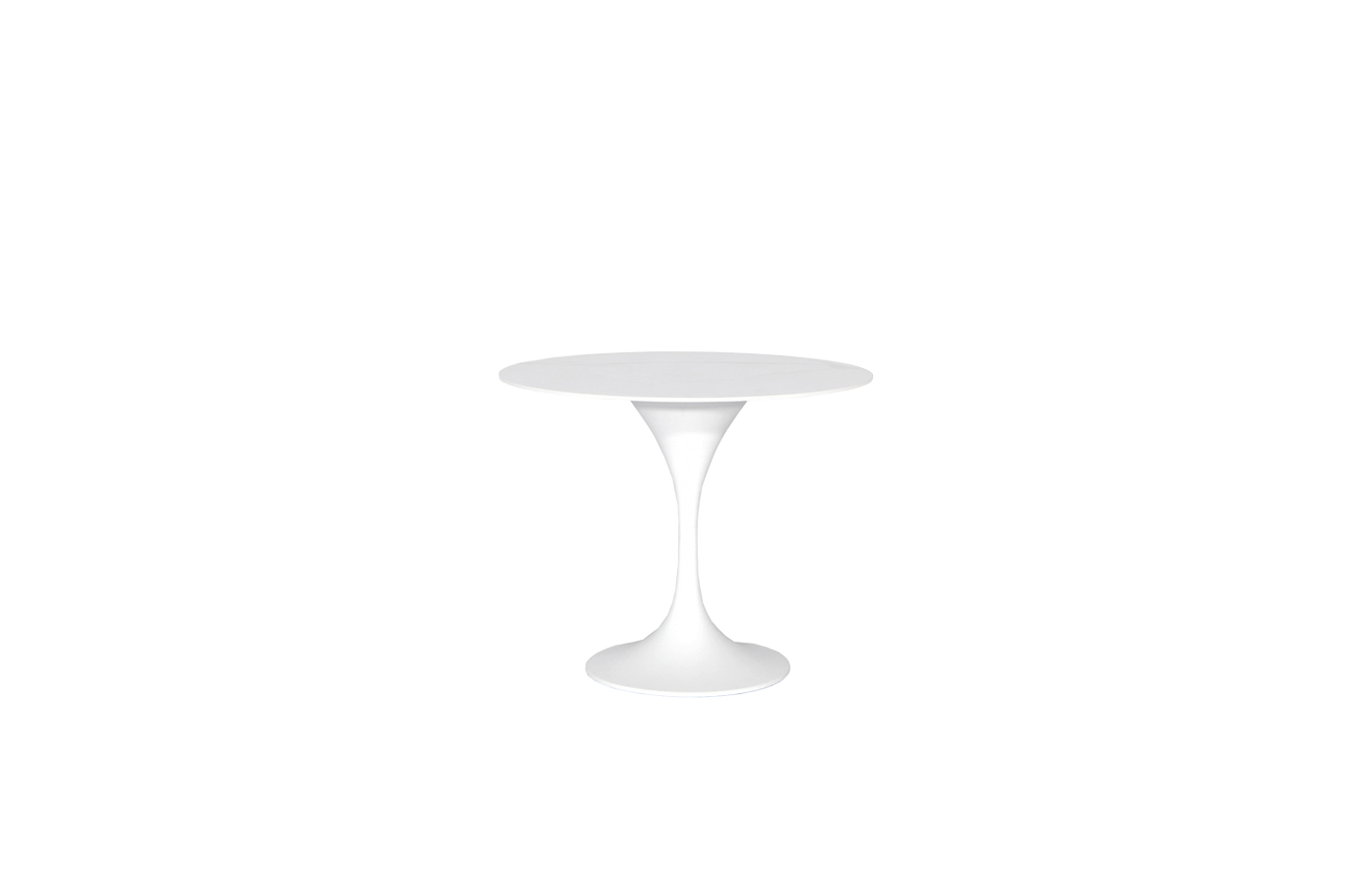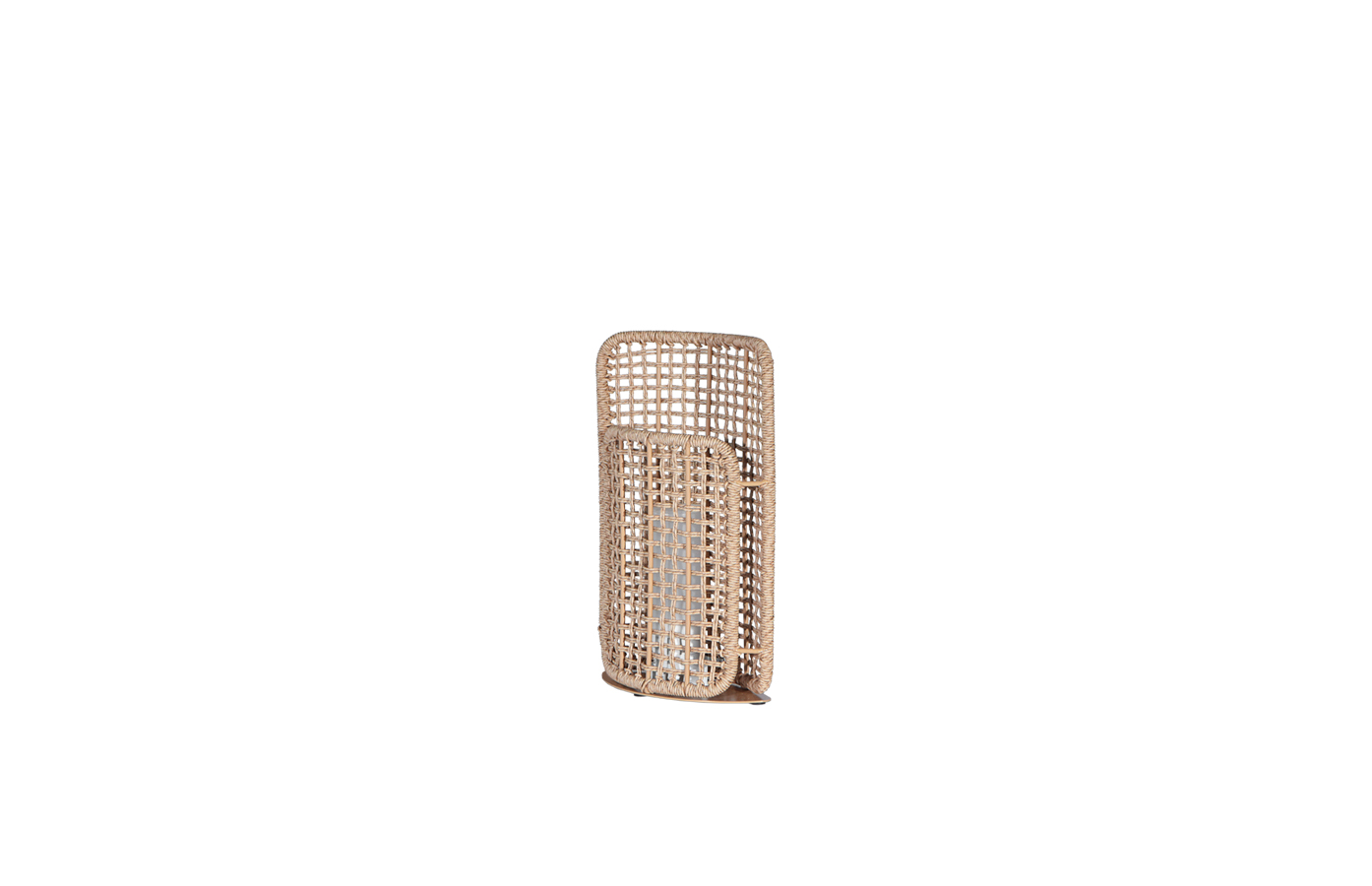[ Rattan Material]Exploring the Versatility and Sustainability of Rattan Material in Modern Design and Craftsmanship

Exploring the Versatility and Sustainability of Rattan Material in Modern Design and Craftsmanship
Rattan material, derived from the climbing palm species found predominantly in Southeast Asia, has established itself as a significant component in the world of design and craftsmanship. This remarkable natural fiber is renowned for its strength, flexibility, and aesthetic appeal, making it an ideal choice for a wide range of applications from furniture to home decor. With increasing awareness of sustainability and environmental impact, the demand for rattan has surged in recent years, leading designers and artisans to explore innovative ways to utilize this versatile material. In this article, we delve into the unique properties of rattan, its uses in contemporary design, and the sustainability practices that surround its production.
One of the defining characteristics of rattan is its impressive strength and durability. Unlike many woods that can split or crack with age, rattan retains its integrity over time. This natural resilience allows rattan pieces to withstand the rigors of daily use, making it a popular choice for furniture, particularly in tropical and outdoor settings. Additionally, rattan’s lightweight nature contributes to its desirability, as it allows for easy rearrangement and mobility, perfect for dynamic living spaces.

Exploring the Versatility and Sustainability of Rattan Material in Modern Design and Craftsmanship
As design trends evolve, rattan material has transitioned from traditional applications to more modern interpretations. Designers are creatively weaving rattan into various aesthetics, from minimalist and Scandi-inspired pieces to bohemian and rustic designs. Its neutral, earthy tones and natural textures pair beautifully with a plethora of colors and materials, making it highly adaptable. This versatility means that rattan can be found not just in furniture, but also in lighting designs, wall hangings, and accessories.
The craft of rattan weaving has a long history, with skilled artisans producing intricate patterns and designs that reflect cultural heritage. This craftsmanship is not only an art form but also a means of preserving traditional techniques that have been passed down through generations. Many artisans use sustainable practices when harvesting rattan, ensuring that the plant’s growth is not hindered and that the forest ecosystem remains intact. By supporting skilled craftsmen and women, consumers can contribute to the preservation of these age-old techniques and promote fair trading practices.

Exploring the Versatility and Sustainability of Rattan Material in Modern Design and Craftsmanship
In addition to its aesthetic and functional qualities, rattan material offers significant sustainability benefits. Unlike synthetic materials, rattan is a renewable resource that grows quickly and can be harvested without the need for deforestation. The rattan plant can reach maturity in just a few years, allowing for continuous harvesting and contributing to the livelihoods of rural communities dependent on this industry. Furthermore, as a byproduct of forestry, utilizing rattan helps reduce waste and supports biodiversity by encouraging the maintenance of healthy forest ecosystems.
The burgeoning interest in sustainable practices has led to increased investment in rattan as an eco-friendly alternative to less sustainable materials like plastic and certain hardwoods. As consumers become more conscious of their purchasing decisions, the appeal of rattan—combined with its aesthetic charm and durability—positions it as a frontrunner for eco-conscious designs. Subsequently, many contemporary brands are prioritizing rattan in their collections, offering a diverse range of products that champion ethical production methods.
Moreover, modern innovations aim to enhance the possibilities of rattan material even further. Advances in technology enable designers to experiment with new techniques, blending rattan with other materials like metal or glass to create unique, hybrid pieces. This fusion of traditional craftsmanship with contemporary design not only elevates the aesthetic but also attracts a wider audience that may not initially consider using rattan in their homes or businesses.
In conclusion, rattan material is not only a testament to nature’s ingenuity but also a beacon for sustainable design in the modern world. Its unique qualities allow for a diverse range of applications, while its versatility and eco-friendly attributes position it as a preferred choice among designers and consumers alike. As we continue to look for sustainable alternatives in our decorative endeavors, the role of rattan will only grow, bridging the gap between tradition and modernity while promoting an eco-conscious lifestyle. Embracing rattan is not just a stylish choice; it is a step towards a more sustainable future. White Rattan Outdoor Furniture